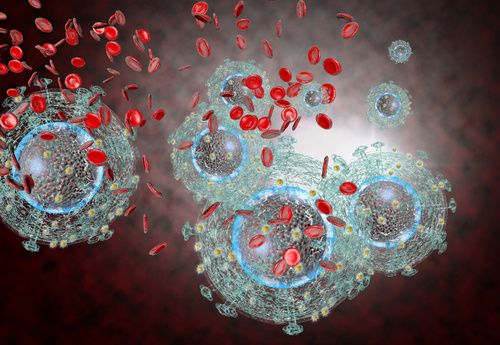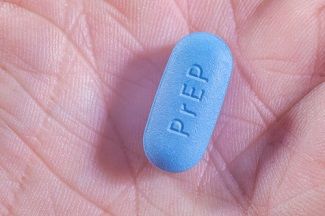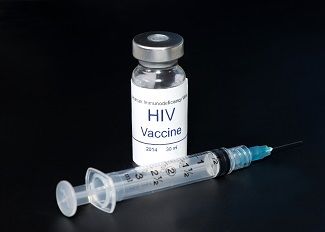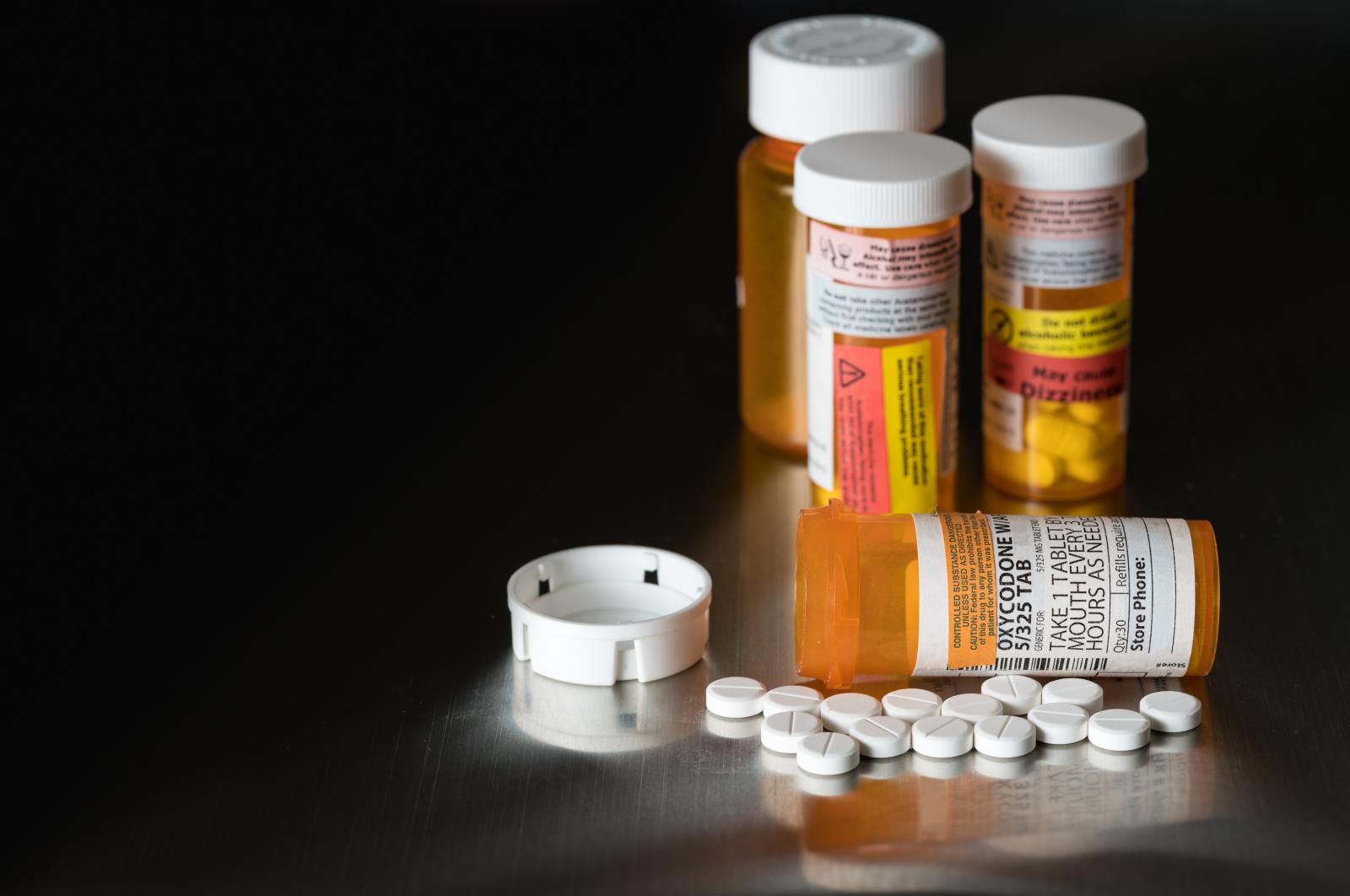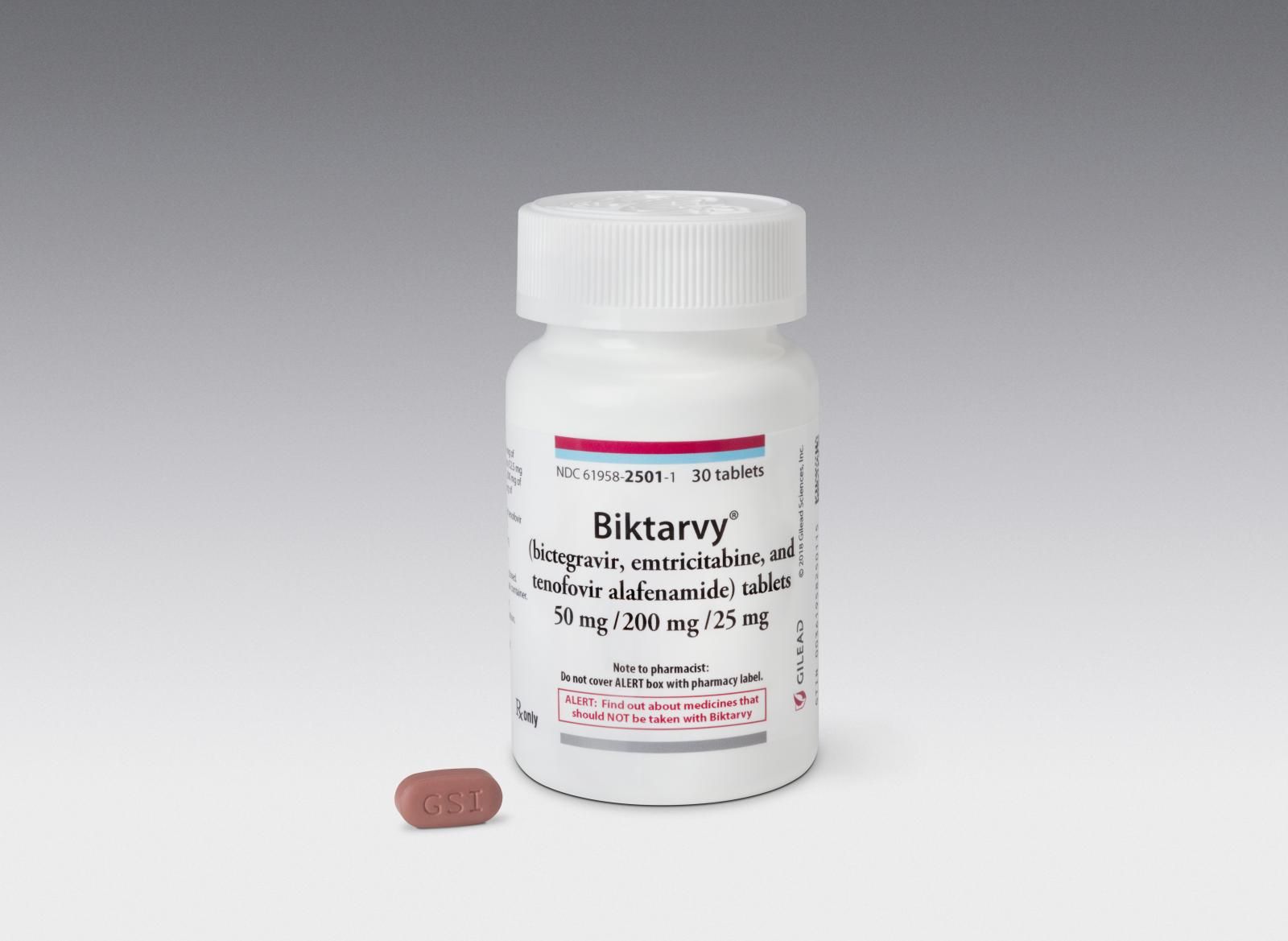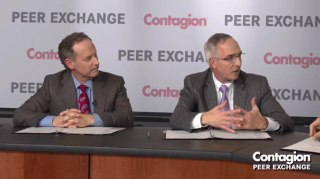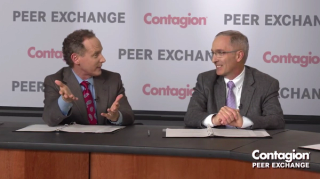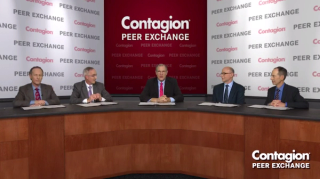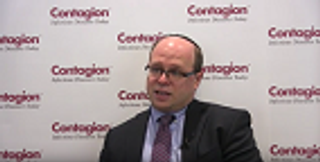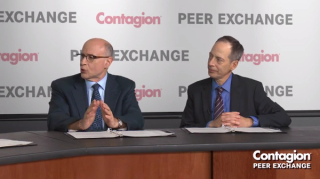
PrEP
Latest News
Latest Videos
CME Content
More News
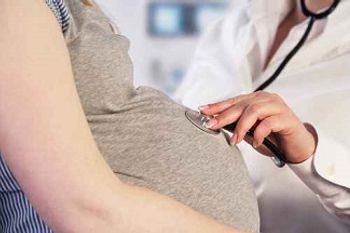
A handful of new studies weighing the risks and benefits of ART regimens containing dolutegravir have triggered new recommendations from the WHO.
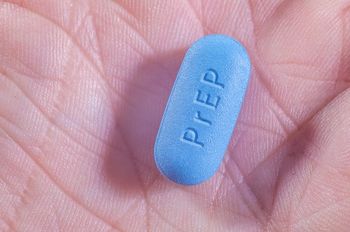
The team assessed program engagement, medication refills, and self-reported 3-day adherence over 72 weeks, among the individuals who initiated PrEP.

The difference between NTD prevalence with dolutegravir and non-dolutegravir antiretrovirals from conception was small, but significant at 0.20% difference (95%CI 0.01%, 0.59%).
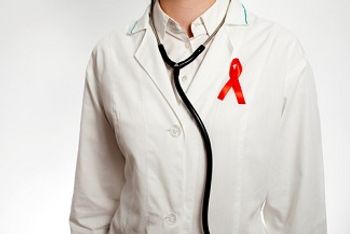
Mosaico plans to register 3800 HIV-negative participants aged 18 to 60 years when enrollment opens later this year.

Long-acting reservoir-style PrEP implants could help solve adherence issues.
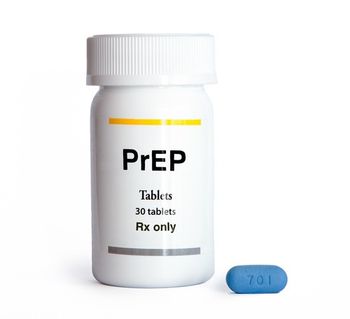
PrEP awareness among these MSM rose from 60% to 90% from 2014 to 2017, and PrEP use increased from 6% to 35%.
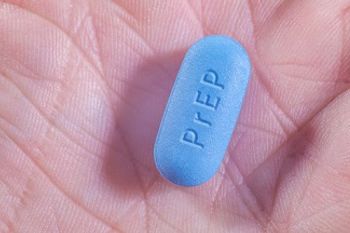
New research assesses potential alternatives to a daily dose of emtricitabine/tenofovir. It finds mixed results.
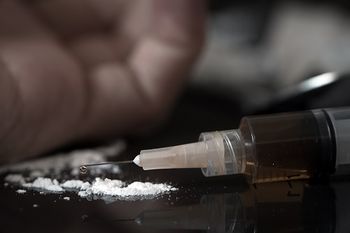
The program combines PrEP administration along with evidence-based behavioral intervention to reduce HIV risk behavior for HIV-negative, opioid-dependent people who use drugs and are receiving treatment.

Identifying patients in electronic health records databases who would benefit from taking PrEP is much easier with the advent of an automated algorithm.
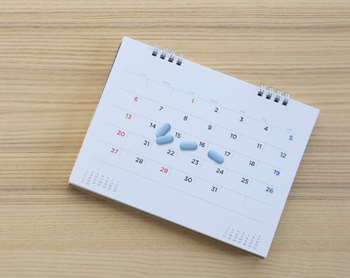
Interest in on-demand HIV pre-exposure prophylaxis may be increasing, according to a survey in Australia.

Getting PrEP into the hands of those who stand to gain the most from it, including women in sub-Saharan Africa remains a challenge.
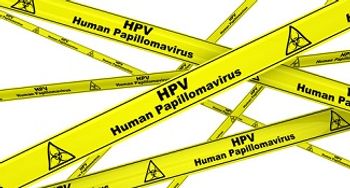
Although PrEP drugs are key to preventing HIV infection, a new study by French investigators found a high prevalence of high-risk human papillomavirus infection among MSM taking PrEP.
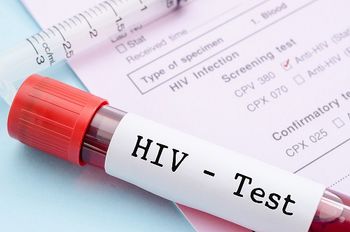
Testing and information will be available at select Walgreens stores in more than 260 cities on National HIV Testing Day on Thursday between 10 am and 7 pm.

The recommendation means more patients will be able to access PrEP at no cost. However, it likely won’t be enough to dramatically boost PrEP usage without other systemic advances.

A recent animal trial reveals that MK-8591 offers protection against SHIV at lower and more infrequent doses than current PrEP options, renewing hope for more choices in the future.
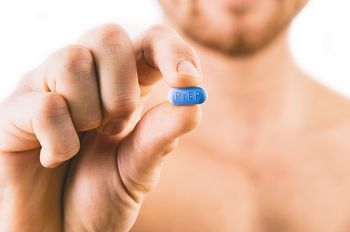
A recent study found some improvement in bone density after PrEP discontinuation along with some lingering concerns, particularly among the youngest participants.
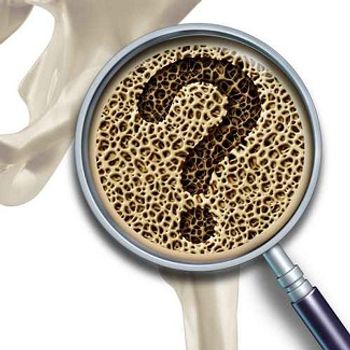
Although a new study finds that bone toxicities were lower than expected in PrEP users, investigators say that those at higher risk of bone fracture may want to seek PrEP alternatives once available.

The HIV Medicine Association reports that the recommendation, once implemented in 2021, will require insurers to cover PrEP with no cost-sharing to patients.

A new study combines models on PrEP use in both adult MSM as well as adolescent sexual minority males.

Meeting goals to eliminate HIV, viral hepatitis, and sexually transmitted infections by 2030 will require accelerated efforts, according to a progress report from the WHO.
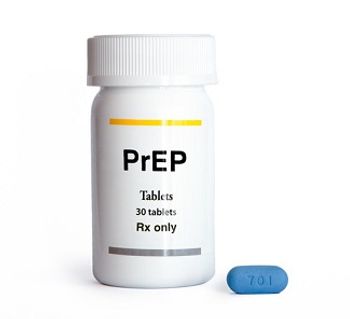
Individuals at a higher risk of contracting HIV showed greater adherence to PrEP and moved toward less risky partnership types over time.

Following the launch of the campaign in March 2015, investigators saw a 77% increase in HIV testing compared with January and February of the same year in Beijing.
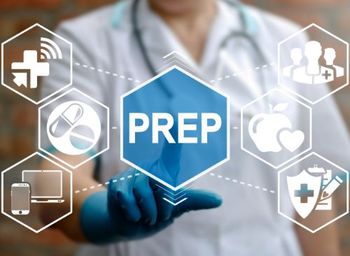
Generic PrEP drugs offer a cost-effective way for people to reduce their risk of HIV, though some worry about the authenticity of drugs purchased online.

The likelihood of using PrEP is significantly influenced by recommendations from health care providers and concerns about side effects, according to a recent study of heterosexual individuals in Philadelphia.
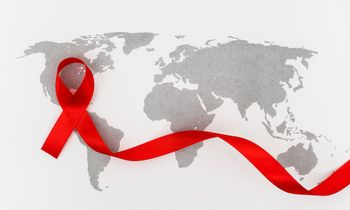
Is there a cure? How long until we find it? And will it work for the majority of people living with HIV?

